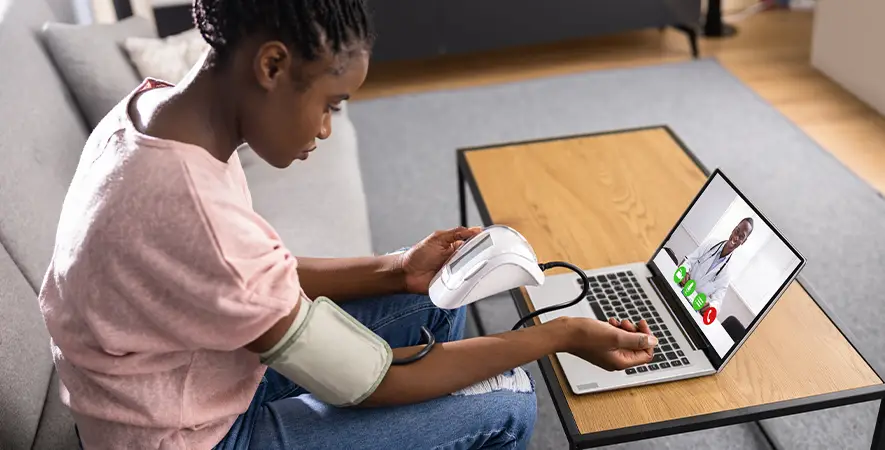The U.S. health system is being shaped and transformed by changing demands and expectations–many of which are consumer-driven. As we move closer to 2023, here’s a look at some emerging trends that are likely going to affect your merchant processing services.
Rising medical costs, closures, and losses
According to consumer research from Forrester, there are predictions of major financial disruptions for 2023 and healthcare payment services. According to Forrester, Hospital and health system, expenses are expected to increase by nearly $135 billion in 2023. The medical cost trend slightly decreased in previous years as many consumers deferred care during the pandemic. And as such, hospitals never recovered from covid-related financial stressors.
Consumers report having delayed preventive visits and routine visits for chronic illness, laboratory tests, and screenings, but are now seeking care. As a result, spending will increase due to higher healthcare utilization in 2023, with more medical intervention will being required. It may be time now to update your Healthcare POS solution in preparation for these changes.

Preparing for the future of healthcare
The health system is still grappling with the effects of COVID-19, and costs related to testing, treating, and administering vaccine boosters will persist into next year. At the same time, the health system is planning and preparing for the next pandemic. Preparation includes monitoring zoonoses, strengthening manufacturing, continuing to prepare vaccines for rapid production, discovering new payment processing solutions, and much more. Therefore, when the next pandemic hits, the system in place can easily facilitate data and information sharing across industries to ensure better and more equitable healthcare delivery. Furthermore, healthcare organizations and staff will have the necessary tools to perform their duties safely with the right equipment and technology.

Greater focus on mental health
The general population’s health has worsened since the start of the pandemic. The radical changes in how we live, work, and socialize have taken a toll on our mental health. Studies indicate that 20.78% of adults were experiencing a mental illness, as well as 50 million Americans. This effect has been accompanied by lower levels of physical activity and poor dietary and sleep habits, which are connected to wellness and vitality. Consequently, 2023 will likely see an even greater increase in demand for mental health services and treatment for substance abuse and other health issues.

Investing in digital health technology and better healthcare POS solutions
While the health industry has made some strides to adopt new technology, the pandemic spurred an unprecedented move toward digital health, a trend that will continue to grow. More healthcare providers are now leveraging technology to access their patients, get to know them better, and provide better care. Healthcare providers can reach more patients since they are no longer limited by geographical area. Thanks to virtual care, digital therapeutics, and telehealth, patients are easily able to book a visit with their doctor or therapist and consult with a medical professional for health issues.
The implementation of such technology has been highly beneficial as patients can avoid taking a whole day off work or having to arrange childcare or transportation. They can also bypass crowded waiting rooms, which only further expose them to illness. Through data analytics, AI, and a simplified practice management system, providers can learn about their patients’ preferences, habits, and behaviors. This, in turn, allows medical professionals to improve the quality of care and provide a better experience for their patients, facilitating scheduling, managing wait times, and easy billing without having to change their existing EHR / EMR software. Give us a call today to learn more about Sekure’s recommended healthcare POS solution.

Consumer-led healthcare
Healthcare has become a top priority, and consumers are finding new ways to get the care they want and require. Sometimes called the consumerization of health, this trend sees consumers shop around for the best and lower-cost options. As we’ve written in a previous blog on healthcare, consumers are increasingly more informed about their health and are demanding better care. They have higher expectations and want to be more involved in the healthcare process than ever.
This new consumer-led approach is impacting the healthcare industry and delivery models. By utilizing telehealth, retail clinics, and medical concierge services, consumers have broader access at a lower cost, which is also reducing the number of visits to emergency rooms. Though questions do arise about the absolute accessibility, especially in rural areas.
Conclusion
We may still not be out from under the mighty shadow of COVID-19. Nearly three years later, health-related spending, weighed heavily on consumers, patients, healthcare workers, and medical staff. But it’s not all doom and gloom, the health system’s vulnerabilities have also created an opportunity to innovate and broaden the scope of healthcare provision by using technology. Focusing on consumers, healthcare providers are finding new ways to unlock new markets, improve the quality of care, and create better patient experiences.
Categories

